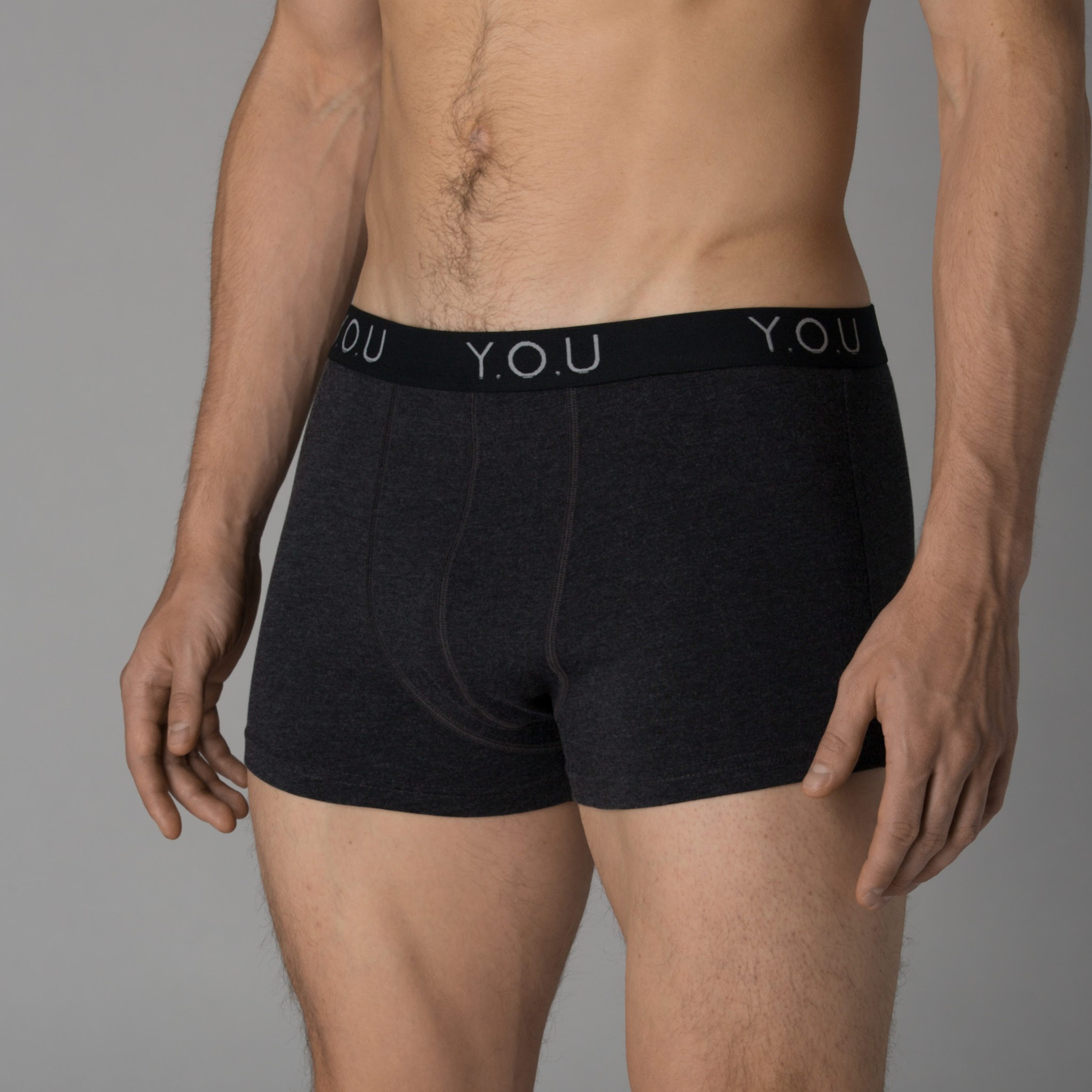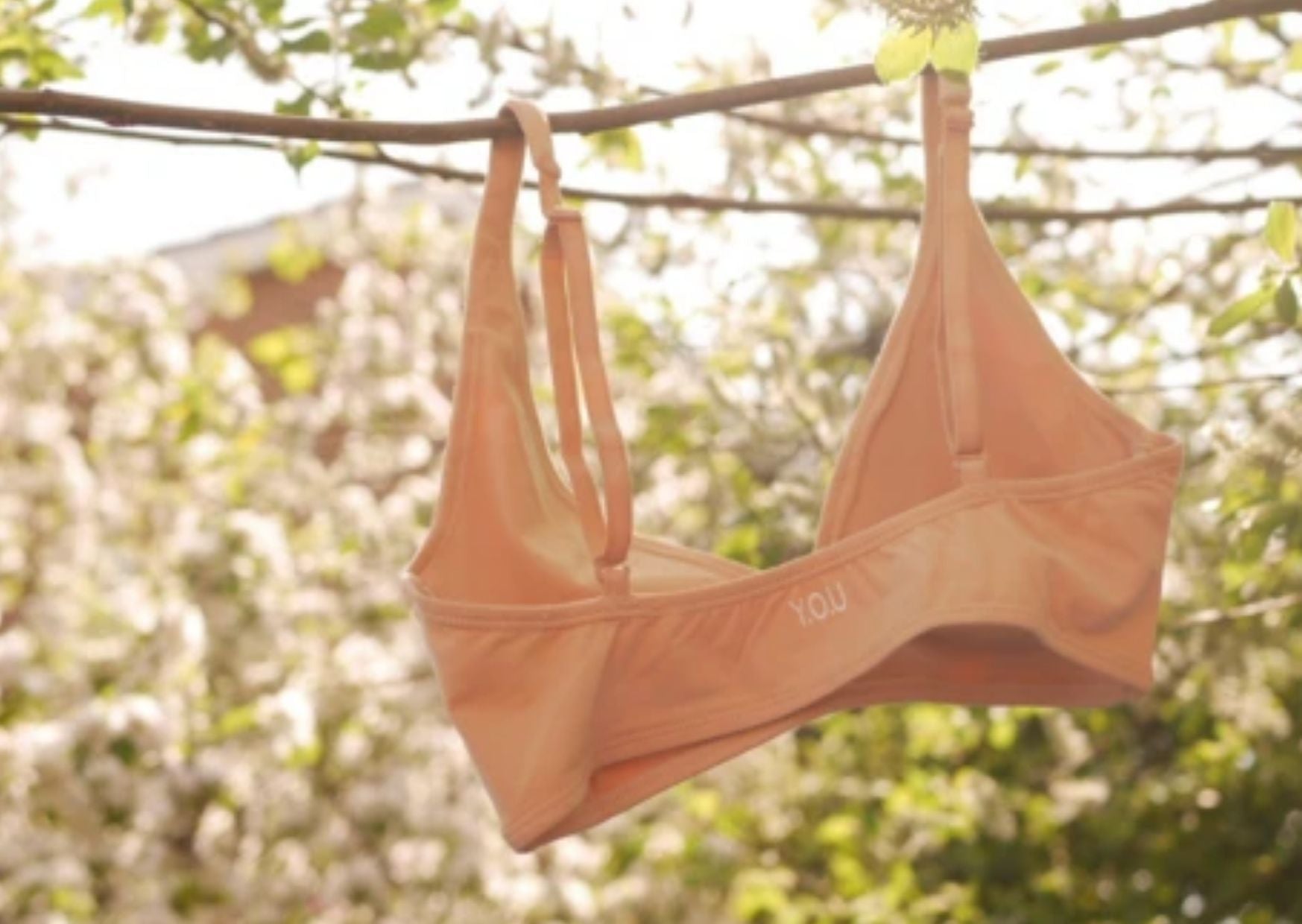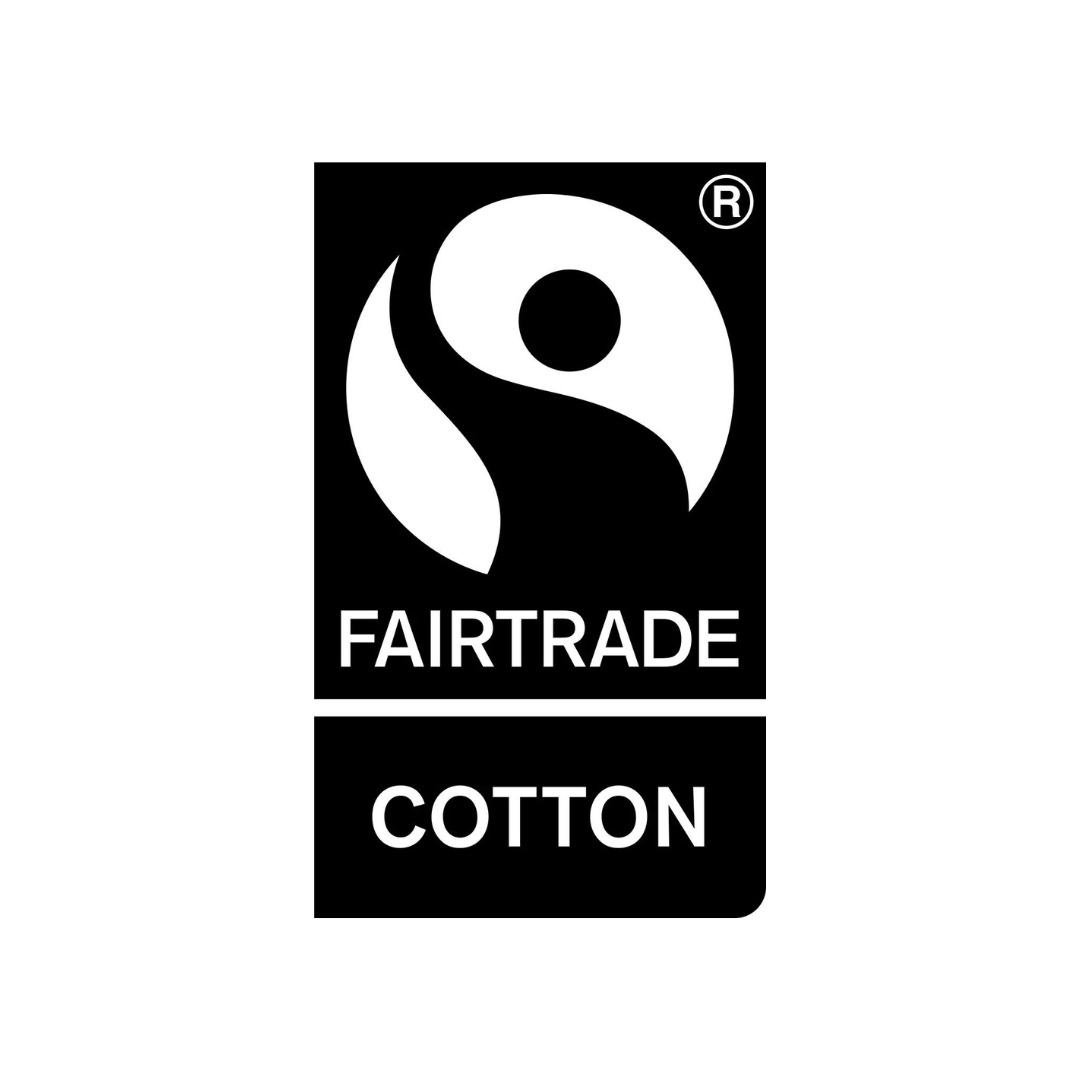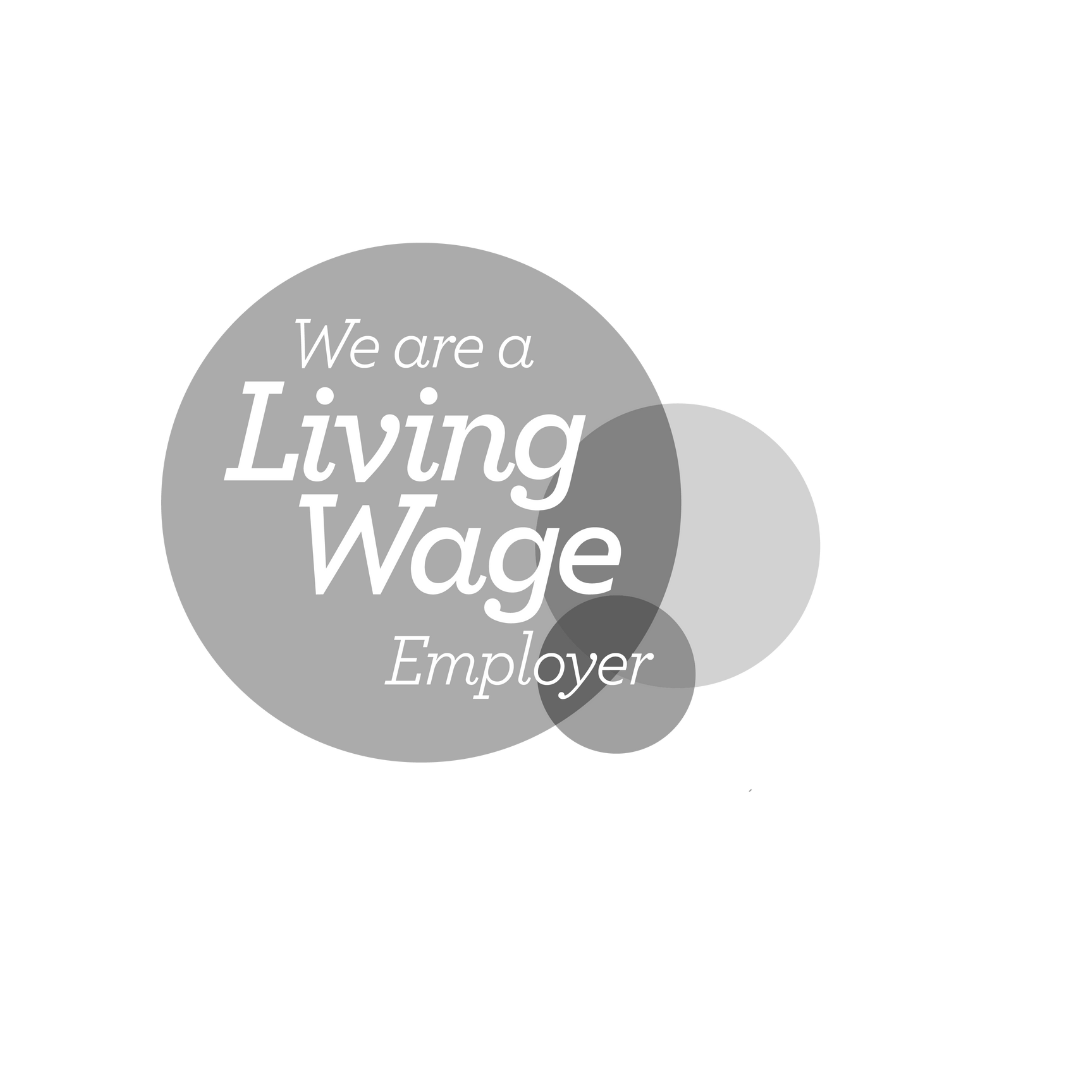
10 Fast Fashion Facts You Need To Know

Fast fashion is an approach to clothing production that favours fast-moving trends and low prices over environmental and social responsibilities. In the aim of rapidly producing high volumes of clothing, low-quality materials, poor supply chain management, trend replication and environmentally damaging practices proliferate. Our current consumption of fast fashion comes at a high cost, so we thought we’d put together some key facts around the subject to help highlight the need for change.
Key Fast Fashion Facts
1. The world uses an estimated 80 billion pieces of clothing every year, a 400 percent increase from two decades ago
Source: The True Cost
The affordability of fast fashion brands has led consumers to buy more than they need, with an attitude of disposability towards clothing.

2. One in three young women, the biggest segment of consumers, consider garments worn once or twice to be old
Source: The Guardian, 2019
Buying garments from fast fashion brands has never been easier, but this disposable attitude comes at the expense of factory workers and the planet.
3. Fast Fashion companies design clothes that fall apart quickly. They pursue a strategy called ‘planned obsolescence'
Source: Be Global Fashion Network
Not only does this strategy wasting raw resources unnecessarily, it purposefully designs garments to seem unfashionable to manipulate consumers to buy more garments.
4. 93% of brands surveyed by the Fashion Checker aren’t paying garment workers a living wage
Source: Fashion Checker 2020
It’s commonly known that fast fashion brands heavily exploit their workers based in developing nations, as the workers are frequently not union members. Unions aim to protect its members from unacceptable safety and hygiene conditions, endless working hours and low wages.
5. 80% of all garment workers are women
Source: Labour Behind the Label
Even though fast fashion brands have provided millions of women with employment opportunities, women are frequently exploited whilst working in clothing factories. They face poor working rights and pay, sexual harassment and bullying by male senior factory workers.
6. In April 2013, the Rana Plaza building in Bangladesh collapsed, killing 1,138 people and injuring 2,500 people, making it the fourth largest industrial disaster in history
Source: Fashion Revolution
Nearly eight years on from the Rana Plaza disaster, fast fashion brands still have not learnt from their mistakes -garment workers are still paid below the living wage, still live and work in substandard conditions.
7. The fashion industry is responsible for 10% of annual global carbon emissions
Source: The World Bank
These high quantities of carbon dioxide come as a result of agricultural practices, processing techniques and transportation. Conventional cotton - one of the most widely used fabrics greatly contributes to carbon emissions.
We've pledged to reach Net Zero by 2030. Learn more about how we're minimising our impact in our 2021 Impact Report.

8. The textile sector is responsible for 10 to 20% of pesticide use
Source: Mckinsey 2020
The combination of the use of ‘open loop cycles’ and heavy pesticide use within the textile industry equates to an excessive amount of pollution and water contamination. Conventional cotton is one of the worst offenders, responsible for roughly 6% of the world's pesticides.
At Y.O.U Underwear, we only use Fairtrade and GOTS certified organic cotton because it's grown without pesticides and uses 71% less water than conventional cotton.

9. Less than 11% of brands are implementing recycling strategies for their items
Source: Peppermint Magazine
Fast fashion brands are also responsible for not recycling - but do not be fooled by discount codes offered to recycle old clothes! These garments rarely get recycled, instead this greenwashing technique is used as a strategy to drive more sales of disposable garments.
We've introduced a take-back scheme to make recycling your old underwear, socks and tights easy. Learn how they are turned into reusable products for industry here.
10. Extending the life of clothes by just 9 months of active use would reduce carbon, water and waste footprints by 20-30% each
Source: WRAP
To end on a positive, here's one way you can reduce the impact of your wardrobe! The longer you use your clothes, the lower their environmental impact. Discover other ways we minimise our water footprint here.
Keen to learn more about how to avoid fast fashion? Check out some of the following articles:
5 questions to ask any clothing brand you shop with
5 low-cost ways to make your wardrobe more sustainable
Sustainable fashion and certifications – what’s important?
Top tips for buying second hand clothes
By Isabella Richardson















Leave a comment
This site is protected by hCaptcha and the hCaptcha Privacy Policy and Terms of Service apply.